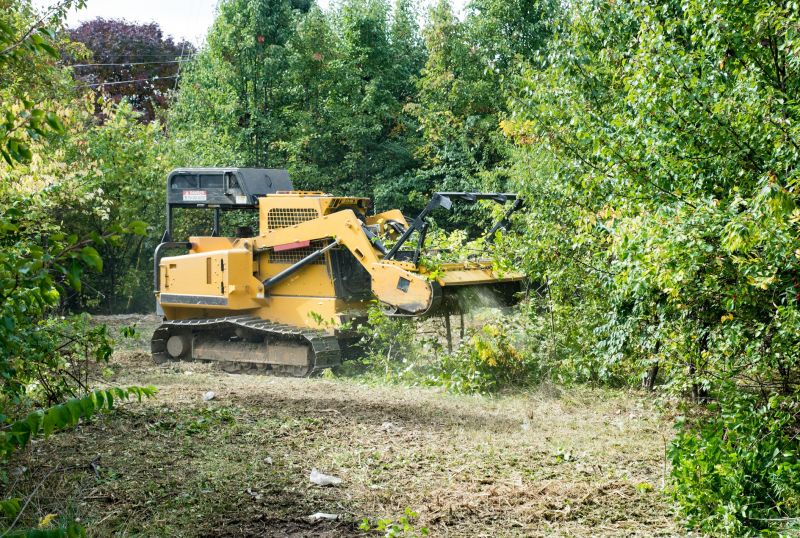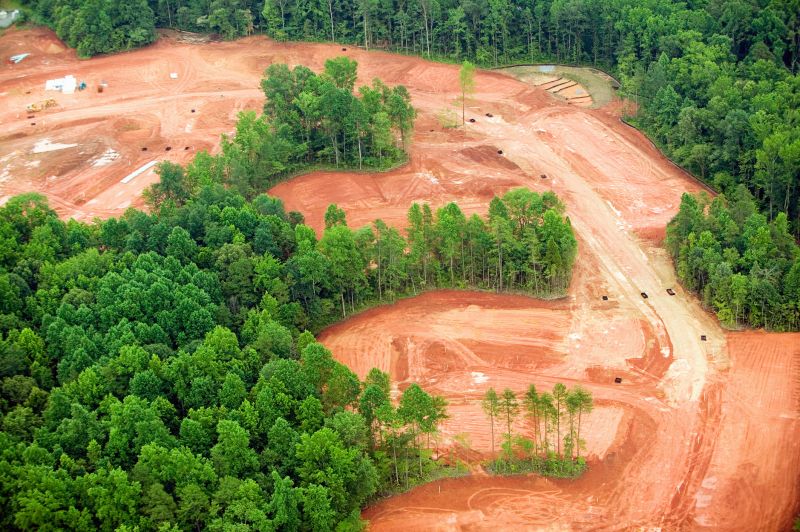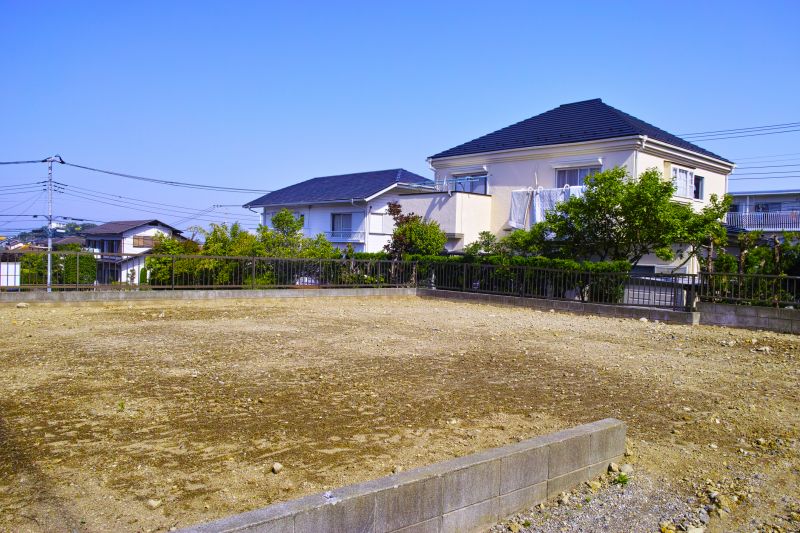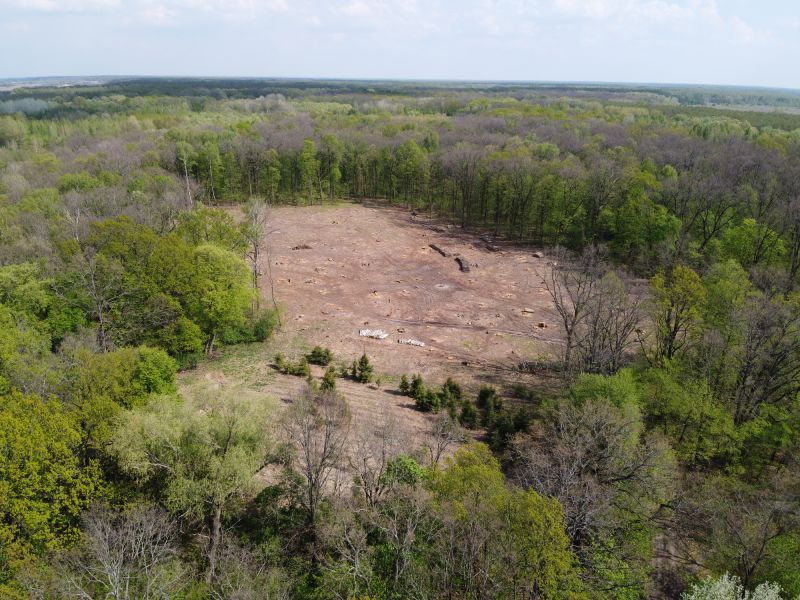Effective Land Clearing Timing Tips
Land clearing involves removing trees, shrubs, and other vegetation to prepare a site for construction, agriculture, or development. Proper timing of land clearing can optimize results, reduce costs, and minimize environmental impact. Understanding the best seasons and conditions for land clearing is essential for successful project execution.
Late winter and early spring are generally ideal for land clearing due to drier soil conditions and dormant vegetation, which facilitates easier removal and less soil compaction.
Dry weather periods reduce the risk of equipment getting stuck and help prevent soil erosion during clearing activities.
Clearing during dormancy minimizes damage to remaining flora and reduces the spread of invasive species.
Avoiding wet seasons prevents soil disturbance and compaction, which can affect future land use or planting.

Heavy machinery used in land clearing, such as bulldozers and excavators, are most effective during dry seasons.

Removing trees and brush is easier when soil is dry, reducing equipment wear and environmental impact.

Preparing land during optimal weather conditions ensures a smoother transition to construction or planting phases.

Ways to make Land Clearings work in tight or awkward layouts.

Popular materials for Land Clearings and why they hold up over time.

Simple add-ons that improve Land Clearings without blowing the budget.
| Season | Advantages |
|---|---|
| Late Winter | Soil is dry, vegetation is dormant, equipment operates efficiently. |
| Early Spring | Ideal for preparing land ahead of planting seasons. |
| Late Fall | Less vegetation growth, soil still manageable. |
| Summer | Not recommended due to wet soil and high vegetation growth. |
| Summer | High risk of soil erosion and equipment difficulty. |
Land clearings are a critical step in preparing a site for development, agriculture, or construction. Proper timing ensures that the process is efficient, cost-effective, and minimally disruptive to the surrounding environment. Factors such as soil moisture, vegetation dormancy, and weather conditions influence the optimal window for clearing activities. Planning land clearing during periods of dry weather and dormant vegetation can reduce operational challenges and improve outcomes.

Heavy equipment efficiently removes vegetation during suitable weather conditions.

Land clearing sets the foundation for future construction projects.

Proper disposal or recycling of cleared material is essential for site management.

Optimal timing reduces soil disturbance and project delays.

High-end options that actually feel worth it for Land Clearings.

Finishes and colors that play nicely with Land Clearings.

Little measurements that prevent headaches on Land Clearings day.

A 60-second routine that keeps Land Clearings looking new.
Choosing the right time for land clearing can significantly impact the success of a project. It is advisable to consult local weather patterns and regulatory guidelines to identify the most suitable periods. Proper planning and execution can lead to smoother operations and better land management outcomes. Interested parties are encouraged to contact for more information on scheduling land clearing activities.
